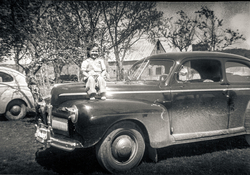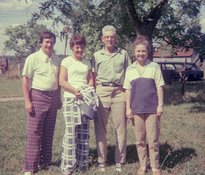I've never used a flatbed scanner for film, but from what I read, the quality from 135 film may tend more toward "fair" and not so much "great"?
I use a flatbed for film regularly, mostly 35mm. "Fair" and "great" are of course subjective assessments. I've also scanned lots of family archive stuff from the 1960s-1990s and found the flatbed perfectly adequate for the job.
The main advantage of a flatbed like the old 4990 I use is that I can slap a bunch of slides/negatives on it, then scan the entire surface area in one go and archive if it that way. This results in rather big (BIG!) files which can be split out later on if so desired (I usually don't bother until/unless I need a frame here or there).
I usually scan mounted slides by tiling them directly onto the glass. Strips of film go into the Epson film holders. I scan everything as positive (16 bit/channel) with no adjustments in the scanning software. I then either store as scanned so I can do adjustments at a later stage, or I invert/color balance it and ensure no shadows or highlights are clipped and then store away as viewable positive.
This is what a 35mm HP5+ frame looks like when digitized with this scanner:
This is a 100% crop at 2400dpi from the same frame with some mild sharpening applied:
Here's a late 1960s color slide from the family archive, scanned in the way described above:
I only scanned this at 1200dpi (not really worth the bother going higher); 100%, with the same sharpening applied as above:
For me, this is perfectly adequate.
Camera scanning is also a possibility, but I don't think it's quite as swift as scanning in the way I described above.
I've also used a dedicated film scanner for 35mm negative, but such scanners are pricey (if you want them to be any good), particularly so if you also need to handle 120 film, and the process is pretty darn slow because you're limited to scanning on a frame-by-frame basis.








